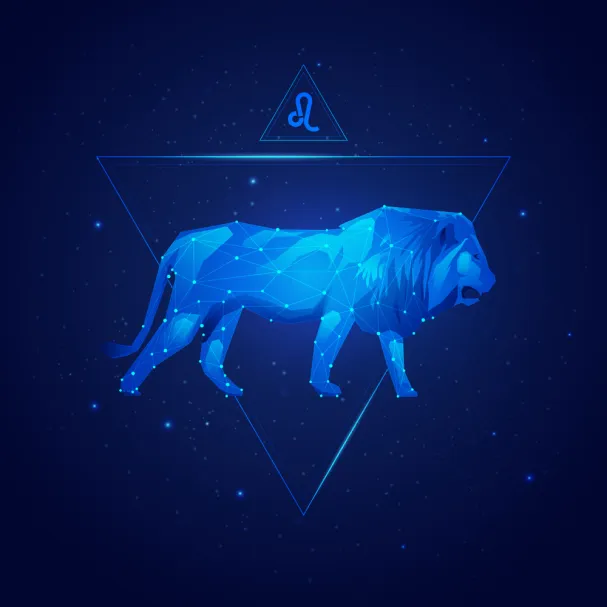Leo Constellation Stars

All About The Leo Constellation
The mighty lion-shaped Leo constellation has enchanted stargazers for ages. Known as “Leo” in Latin, this iconic star pattern holds a revered place in the night sky. Beyond its breathtaking visual appeal, the Leo constellation is deeply woven into the histories and mythologies of ancient cultures. Guided by nearby stars like those in the Big Dipper, Leo invites us to explore celestial tales and the mysteries of the universe.
Fun Facts
- Name: “Leo” means “lion” in Latin, aptly describing its form in the night sky.
- Antiquity: Leo has been recognized for over 6,000 years, holding cultural significance in ancient civilizations.
- Guiding Constellations: The stars forming the “bowl” of the Big Dipper serve as celestial markers pointing towards Leo.
- Unexplored Neighbors: Leo is neighbored by a lesser-known constellation, offering an intriguing cosmic exploration opportunity.
An Overview
Leo, shaped like a resting lion, is a constellation with 15 prominent stars. The brightest, Regulus, shines twice as bright as our sun, dominating the night sky. Visible in both hemispheres, Leo is a notable celestial object. It holds significance in Greek astrology, a critical Zodiac constellation.
The Myth
Leo’s story ties back to Hercules and his first labor. Hera, driven by jealousy, sets Hercules on a path of madness, leading him to commit unforgivable acts. In seeking redemption, Hercules undertakes labors, the first of which is to defeat the Nemean lion. His success is immortalized by Zeus, who places the lion in the stars, creating the Leo constellation.
The Constellation
Located in the northern sky, Leo is surrounded by constellations like Crater, Lynx, and Ursa Major. Among its stars, notable ones include Denebola, Zosma, and Chort forming the lion’s tail, and Algieba, a binary star system. Adhafera, another significant star, is a giant six times larger than the sun.
For those intrigued by the stars and wishing to have a more personal celestial experience, you might consider the unique opportunity to “buy your own star.” While the stars are beyond our reach, naming one offers a symbolic connection to the cosmos, celebrating personal milestones or honoring loved ones.
While Leo does not provide a direct view of the Andromeda galaxy or involve the Van Allen radiation belts, its study does offer insights into different types of constellation stars and enriches our understanding of the universe. Whether through the lens of mythology with the story of Hercules or the sheer beauty of its stars, Leo continues to captivate stargazers and astronomers alike.
Star Your Own Sky
Looking for a gift that literally stands out from the rest? Consider the unique opportunity to buy your own star and name it after someone special. This exceptional gesture is perfect for marking significant occasions—be it a birthday, wedding, or even as a heartfelt sympathy gift. By choosing a star in the Leo constellation, or any other celestial formation that holds personal significance, you create a lasting bond with the cosmos. Each star now has its own personalized certificate, making it a thoughtful gesture beyond just a gift – it’s a lasting dedication in the night sky. Whether celebrating love, remembering a life, or starting something new, naming a star in your chosen constellation provides a shining celestial tribute that will endure.


